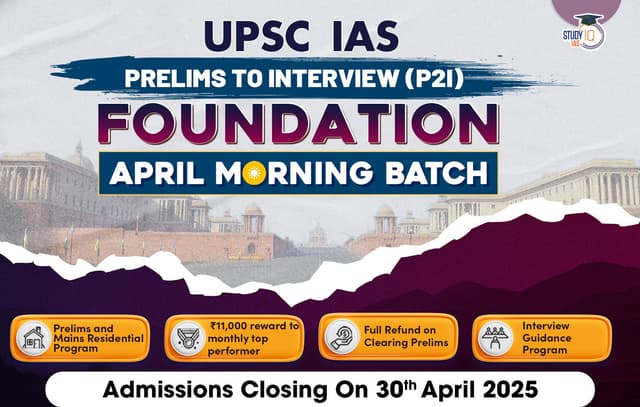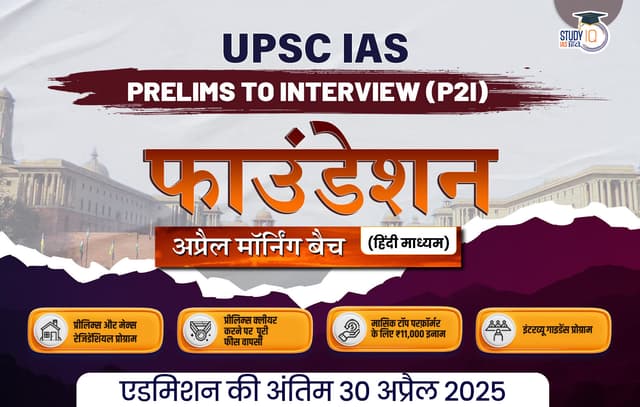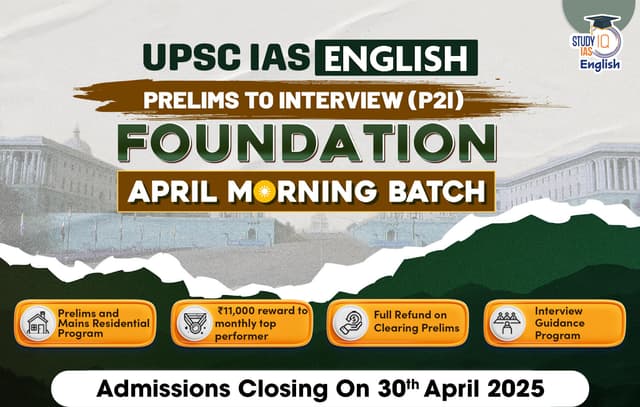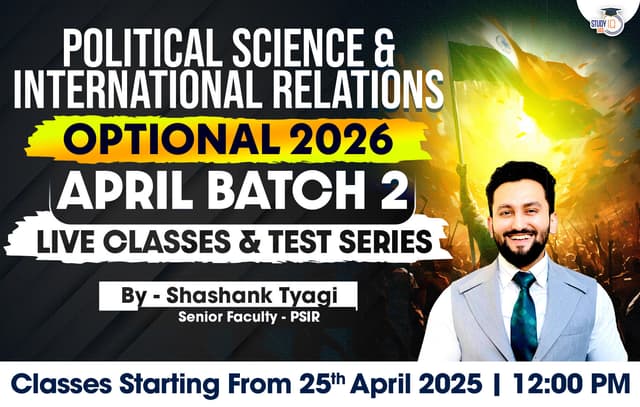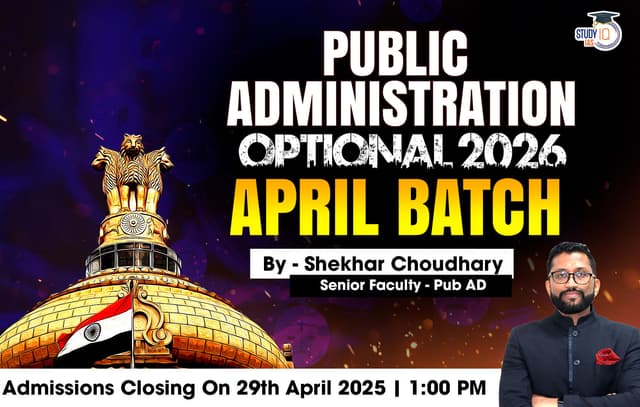Table of Contents
Context: Philippines and India have embarked on a fresh start in their cooperation, after almost three years, to reinforce their bilateral ties for economic resurgence and resilience in the post-pandemic era.
More on the News
- India and the Philippines are embarking on a fresh page in their cooperation to reinforce bilateral ties in the post-pandemic era.
- The visit of India’s External Affairs Minister to Manila and subsequent meetings have infused new energy into the relationship. The two countries aim to establish a transformative 21st-century partnership.
- The Philippines and India are seen as champions of the rule of law and inclusive multilateralism, playing important roles in promoting stronger regional cooperation, economic integration, connectivity, and innovation in the Indo-Pacific region.
India-Philippines Ties
Evolution:
- Establishment of Diplomatic Relations (1949):
- India and the Philippines formally established diplomatic relations in 1949, shortly after both countries gained independence.
- The shared values of anticolonialism and South-South cooperation laid the foundation for the relationship.
- Early Years of Bilateral Engagement:
- During the initial years, India and the Philippines focused on establishing diplomatic channels and fostering mutual understanding.
- The historical commonalities, such as the fight against colonialism, contributed to a sense of solidarity between the two nations.
- Look East Policy and Intensified Relations (1992):
- India’s Look East Policy, launched in 1992, aimed to enhance engagement with Southeast Asian nations, including the Philippines.
- This policy resulted in intensified bilateral relations, both politically and economically.
- India’s “Act East Policy” aims to strengthen economic, strategic, and cultural relations in the Indo-Pacific region.
- Act East Policy and Diversification of Relations (2014 onwards):
- In 2014, India unveiled the Act East Policy, which sought to deepen its engagement with East and Southeast Asia.
- Under this policy, the relationship between India and the Philippines diversified into various sectors, including political-security cooperation, trade, and industry.
Areas of Cooperation
- Political:
- High-Level Visits and Interactions: The then Prime Minister Dr. Manmohan Singh visited the Philippines in 2007 for the ASEAN-India and the East Asia Summit, demonstrating the importance of bilateral and regional cooperation. Cabinet ministers and other high-level political dignitaries have also visited each other’s countries, fostering bilateral engagement and dialogue.
- Joint Commission on Bilateral Cooperation: Two rounds of the Joint Commission on Bilateral Cooperation have been held between India and the Philippines at the level of Foreign Ministers. These meetings serve as a platform for discussions on foreign policy, security, defence, trade, and other areas of mutual interest.
- Collaboration in Multilateral Fora: The Philippines has supported India’s candidature for the non-permanent membership of the UN Security Council.
- Trade and Economic Relations:
- Both Nations have promising economic trajectories.
- India is projected to become the world’s third-largest economy by 2027, while the Philippines aims to achieve upper-middle-income status and become a trillion-dollar economy by 2033.
- India maintains a positive trade balance with the Philippines, with more exports from India compared to imports from the Philippines.
- The socio-economic agendas of both nations focus on reducing poverty, sustaining economic growth, and fostering inclusion and empowerment.
- The prospects for expanding trade and economic cooperation are particularly seen in the areas of innovation, new technologies, and clean energy.
- Business-to-business partnerships can leverage synergies between the economies, especially in renewable energy development, with significant investments already made in solar and wind power.
- There is also potential for collaboration in the digital infrastructure sector, with the Philippines aiming to enhance its digital capabilities and India’s “Digital India” project leading the way.
- Recent reforms have been made in the Philippines’ business regime, covering foreign investment, public service, and retail trade, which provide a conducive environment for a robust economic partnership.
- Science and Technology:
- Collaboration between the Philippine Space Agency and the Indian Space Research Organisation (ISRO) is expected as the Philippines works towards becoming a spacefaring country by 2030.
- Defence:
- The defence and security establishments of both countries have been increasing collaboration.
- Indian navy and coast guard ships make regular visits to the Philippines, engaging in consultations with their counterparts.
- National Defense College (NDC) delegations from India and the Philippines have exchanged visits, promoting mutual understanding and cooperation.
- Joint Defence Cooperation Committee: A Joint Defence Cooperation Committee was constituted between India and the Philippines, highlighting the importance of defence cooperation. The committee had its first meeting in Manila in January 2012, further strengthening defence ties.
- There is also a significant Defence and security cooperation, including the signing of a significant contract for the procurement of India’s BrahMos Shore-based Anti-Ship Missile System by the Philippines’ defence forces.
- Disaster Relief Assistance:
- In response to natural disasters in the Philippines, such as super typhoon ‘Haiyan’ in 2013 and typhoon Pablo/Bopha in 2012, the Government of India provided disaster relief assistance.
- The assistance, including relief material and financial support, was appreciated by the Philippines government, showcasing solidarity and cooperation in times of crisis.
- Growing Indian Community in the Philippines:
- The Indian community in the Philippines has become an integral part of the local population.
- Over the years, the Indian diaspora has contributed to various sectors, including business, education, and culture, strengthening people-to-people ties.
- Emergence of the Philippines as a Destination for Indian Students:
- Recently, the Philippines has started to attract Indian students seeking higher education opportunities.
- The emerging education sector in the Philippines has drawn Indian students, further fostering people-to-people exchanges and cultural ties.
Multilateral Groupings where India and Philippines are part of
- Association of Southeast Asian Nations (ASEAN):
- The Philippines is a member of ASEAN, a regional organization comprising ten Southeast Asian countries.
- India is a dialogue partner of ASEAN and actively engages with the organization through the ASEAN-India partnership.
- East Asia Summit (EAS):
- Both India and the Philippines are members of the East Asia Summit, a forum for strategic dialogue and cooperation among 18 countries in the Asia-Pacific region.
- The EAS includes ASEAN member states and other major regional powers.
- Asia-Pacific Economic Cooperation (APEC):
- The Philippines is a member of APEC, a regional economic forum that promotes free trade and economic cooperation among 21 Pacific Rim economies, including India.
- Indian Ocean Rim Association (IORA):
- India is a member of IORA, an intergovernmental organization comprising coastal states bordering the Indian Ocean.
- The Philippines is not a member of IORA but has engaged with the organization as a dialogue partner.
- United Nations (UN):
- Both India and the Philippines are member states of the United Nations, a global organization that addresses international issues and promotes peace, security, and development.
- Non-Aligned Movement (NAM):
- Both India and the Philippines are members of the Non-Aligned Movement, a group of states that advocate for the interests of developing countries and promote cooperation and neutrality in international relations.
- World Trade Organization (WTO):
- India and the Philippines are both members of the WTO, an international organization that deals with global trade rules and regulations.

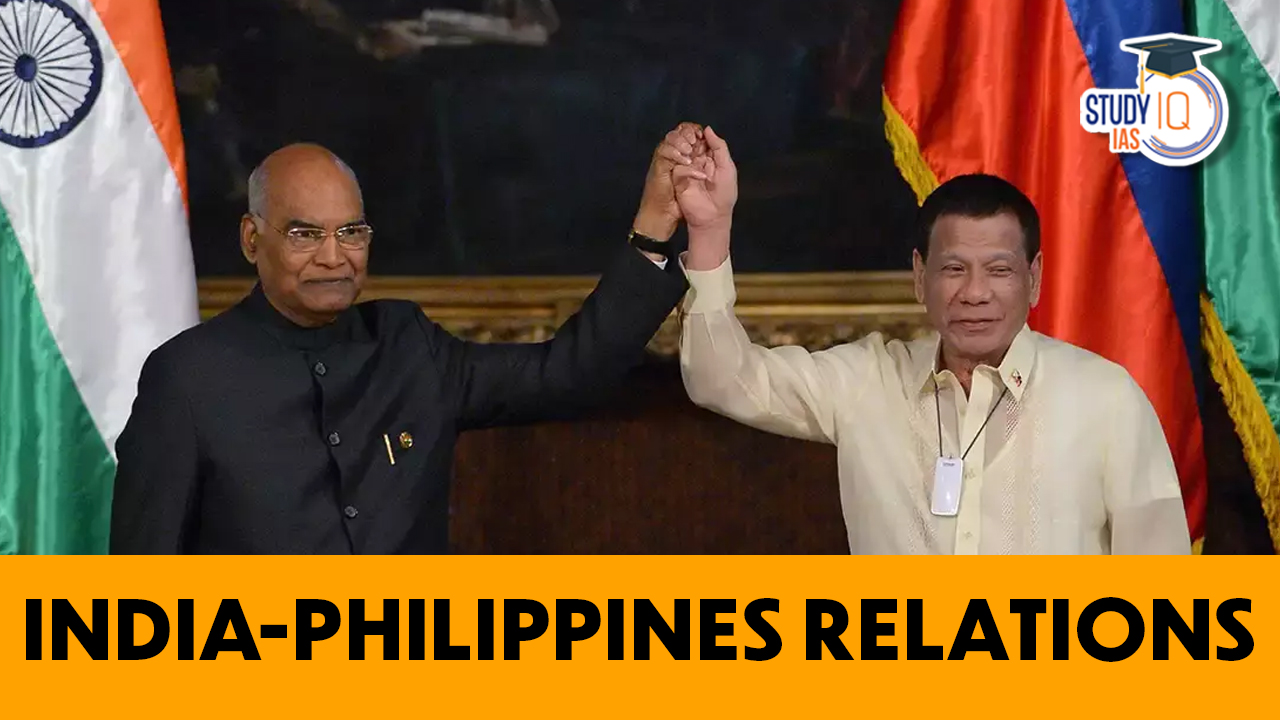
 Serious Fraud Investigation Office (SFIO...
Serious Fraud Investigation Office (SFIO...
 Article 142 of Indian Constitution, Sign...
Article 142 of Indian Constitution, Sign...
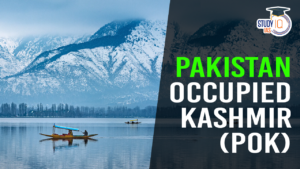 Pakistan-Occupied Kashmir (PoK): History...
Pakistan-Occupied Kashmir (PoK): History...

